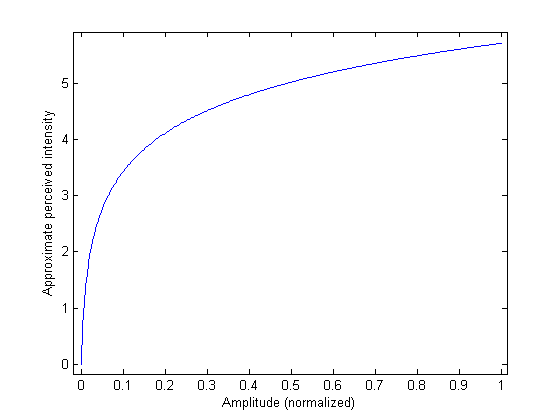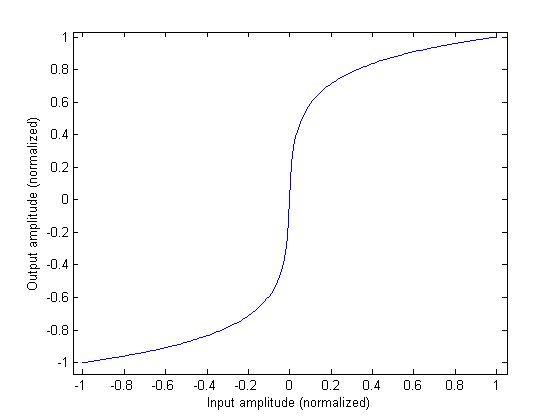| << Chapter < Page | Chapter >> Page > |
In many applications it is necessary to isolate the various objects that populate a scene, starting from their representation, as pixel collections of an image. For example, it could be interesting to isolate an object in foreground from the background . In this case, one talks about segmentation or extraction of regions. The most simple way for isolating different regions is that of doing it on a color basis, or on a gray-intensity basis. Also in this case, the operation can be driven by the histogram that can be helpful in order to establish a gray threshold . All the darker pixels will be mapped to black, while all the lighter ones will be mapped to white. For example, if the histogram presents two evident maxima, it is possible to assign the region of one maximum to the foreground(since it is, for example, lighter) and the region corresponding to the other maximum to the background (since it is, for example, darker). The threshold will be chosen in between the two maxima. Sometimes it is necessary to establish a multiplicity of thresholds, in order to isolate differentregions by means of different gray levels. For color images, the thresholds can be different for different RGB channels.
Apply the Laplacian filter and the LoG filter to the image of Lena.
Show that the extraction of a background figure by means of a threshold can be implemented by means of nonlinear map . What should be the form of this map?
It is a step map, with transition from to set in correspondence of the chosen threshold.
Employ a program for image processing (ex. Gimp ) in order to isolate (by means of thresholding) the breaks in the image of the broken glass .
For audio signals, similarly to what seen for images, one considers the problem of reducing the data necessary to represent a sound, while preserving an acceptable quality of the signal from a perceptual point of view. It is not easy to define, what is meant by "acceptable quality", when one perform a data reduction or, better, a data compression. Ingeneral the qualitative evaluation parameters of the audio compression standards are statistical, based on the results of listening tests made on groups of listeners, representing a wide gamma of users. The audio compression standards are usually founded on the optimization of the dynamics of the signal, that is on the optimization of the number of bits employed for the quantization. A well known example of compression standard isthat of mp3, in which one exploits psychoacoustic phenomena, as the fact that louder sounds mask (make inaudible) softer sounds. In the reproduction of digitalized sounds, the thing that one wants to mask is the quantization noise. In other words, if the sound has a wide dynamics (it is loud) one can adopt a greater quantization step, since the louder quantization noise produced by the rougher subdivision of the quantization levels is anyway masked by the reproduced sound. Still simplifying things in a drastic way, one could say that mp3 varies the step ofquantization according to the dynamics of the sound and in a different way in different bands of frequency. In other words, the signal is divided into many frequency bands (in a similar way as the Equalizer of a Hi-fi system does) and each band is quantized separately. This allowsa reduction of even 20 times of the number of bits with respect to a fixed 16 bit dynamics. Another compression technique is provided by the mu-law (µ-law). This standard is used mainly in audio systems for digital communication in North America and Japan. In this case, the main idea is to modify the dynamicrange of the analogical audio signal before the quantization. Behind these compression techniques, there is once more a psychoacoustic phenomenon that is the fact that our perception of the intensity is not linear but logarithmic-like. In other words, ourperception behaves approximately according to what shown in [link] .

What the mu-law actually performs is a reduction of the dynamic range of the signal by means of an amplitude re-scaling according to the map described in [link] . It is visible how the effect is that of amplifying the small amplitudes, reducing the range of amplitudevalues of the signal (in the sense of big amplitudes) and, as a consequence, increasing the relationship (the amplitude difference) between the sound and thequantization noise. Afterwards, a linear quantization of the non linearly distorted signal is performed. As one wants to play back the digital signal,this is first converted into an analogical signal and then transformed by means of a curve performingan inverse amplitude distortion with respect to that of [link] . The global result is equivalent to a non linear quantization of sound, where the quantization step is bigger (rougher) for bigger amplitudes and smaller (more detailed) for smaller amplitudes. This corresponds, at least from a qualitative point of view,to the way of functioning of our perceptual system. We are more sensitive to the intensity differences in case of soft sounds and lesssensitive in case of loud and very loud sounds. The A-law, adopted in the digital systems in Europe, is very similar to the mu-law.


Notification Switch
Would you like to follow the 'Media processing in processing' conversation and receive update notifications?